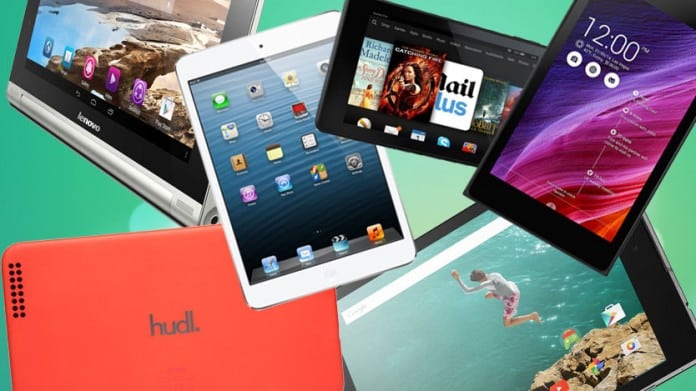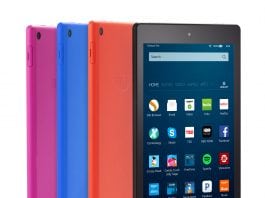
The Middle East and Africa (MEA) tablet market bucked the global trend in Q3 2015 to post year-on-year growth of 3.3%, according to International Data Corporation’s latest ‘Middle East and Africa Quarterly Tablet Tracker’. The research and consulting services firm’s figures show that the worldwide tablet market suffered a decline of 9.1% over the same period, with the steady growth seen in MEA largely driven by the strong performance of detachable devices.
While detachable tablets currently account for just a small fraction of total tablet shipments in the MEA region, their share of the market is growing. Detachable shipments grew 167.1% year on year in Q3 2015 and IDC expects these devices to make up 10.2% of the market by the end of 2019, growing at a compound annual growth rate (CAGR) of 62.5%. A total of 74,000 Windows detachable tablets were delivered by HP and Dell during the quarter as part of an education project in Kuwait, and this initiative contributed significantly to the growth of this form factor.
“Bigger-screen smartphones continue to cannibalize demand for slate tablets,” says Nakul Dogra, a senior research analyst for personal computing, systems, and infrastructure solutions at IDC. “However, the decline is being offset by the strong performance of detachable tablets, which in turn are cannibalizing demand for notebooks.”
“Stiff competition in the slate tablets arena has forced several vendors to cut their margins in order to remain competitive, keeping prices very attractive to end users,” says Fouad Rafiq Charakla, program manager for personal computing, systems, and infrastructure solutions at IDC.
In terms of vendor rankings, Samsung continued to lead the MEA tablet market in Q3 2015 with 24.0% share on the back of year-on-year growth of 3.5%. Lenovo placed a distant second with 13.0% share and 6.0% growth, while Apple retained its third spot with 10.9% share despite suffering a year-on-year decline of 18.2%. Fourth-placed Huawei posted exceptional growth of 215.2% and saw its share of the MEA market increase to 5.9%
IDC has revised its forecast for the 2015 MEA tablet market downwards, with a total of 16.65 million units expected to have been shipped over the course of the year, representing a decline of 0.3 % on 2014. “The primary reasons for lowering the forecast are the drop in crude oil prices and the political instability seen in several countries across the region, as this is having a negative ripple effect on consumer sentiment,” says Dogra. “Other reasons include market saturation in most countries of the Middle East and currency fluctuations against the U.S. Dollar, which is hampering demand.”
“Government-driven education initiatives are expected to continue contributing healthily to the growth of the tablet market, particularly in regard to detachable tablets,” says Charakla “However, with governments in certain countries cutting their budgets due to the prevailing economic situation, we can also expect to see a reduction in spending in the education sector over the coming quarters, especially in oil-dependent economies.”












